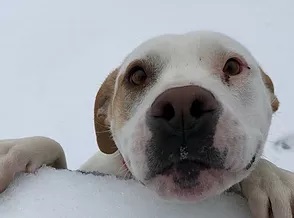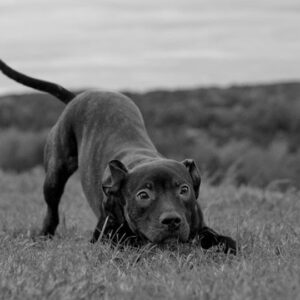Since 2019, the JVR Shelter Strategies team has participated in conversations about commercial breeding to improve the overall welfare of animals in this industry. Initially, Dr. Robertson engaged in national and international committees related to extreme conformation in breeding animals through her role at the American Veterinary Medical Association’s Animal Welfare Committee, and later, through an in-depth project funded by Life of Riley that led to the compilation of scientific research articles related to this field. Two of the documents pertaining to this work can be found on this page, providing context for anyone interested in the wellbeing of dogs who are in commercial breeding situations.
We are now immersed in a project that strives to further improve animal wellbeing in captive breeding situations by examining sections of the Animal Welfare Act that pertain to commercial dog breeding. We are diving into noncompliance issues in USDA Inspections reports using AI technology and machine learning to parse through the data with the intention of examining correlation between health and key parameters impacting dogs being bred. We invite you to review the papers placed here and connect with us if you have interest in this area.


List of Canine Breeding-Related References with Annotated Bibliography
This document is a dynamic compilation of scientific journal articles pertaining to canine breeding in commercial settings. Peer-reviewed papers were collected from pubmed.gov and are presented here with associated links. Some articles were selected for annotation and are hyperlinked within the document to the summary. This list is not exhaustive and should be viewed as representative of the research that exists in this space.

Gaps in Scientific Research Related to Canine-Breeding Considerations
The purpose of this document is to highlight some of the gaps that have been noted by scientists as they conduct their research in those areas presented in the List of Canine Breeding-Related References document. This list of gaps is not intended to be exhaustive but serves to highlight some of the areas that have been identified as areas for further research. Additionally, there are other topic areas that have been included as deemed pertinent in conversations with researchers working in these fields.
